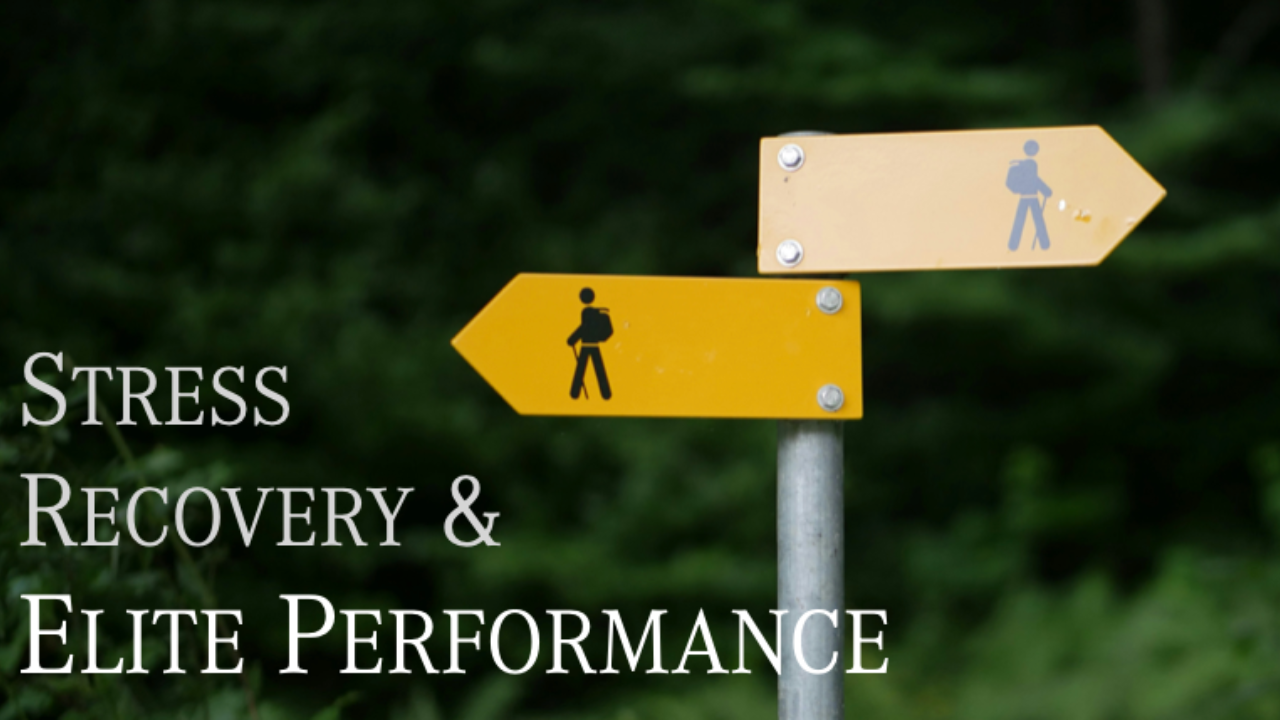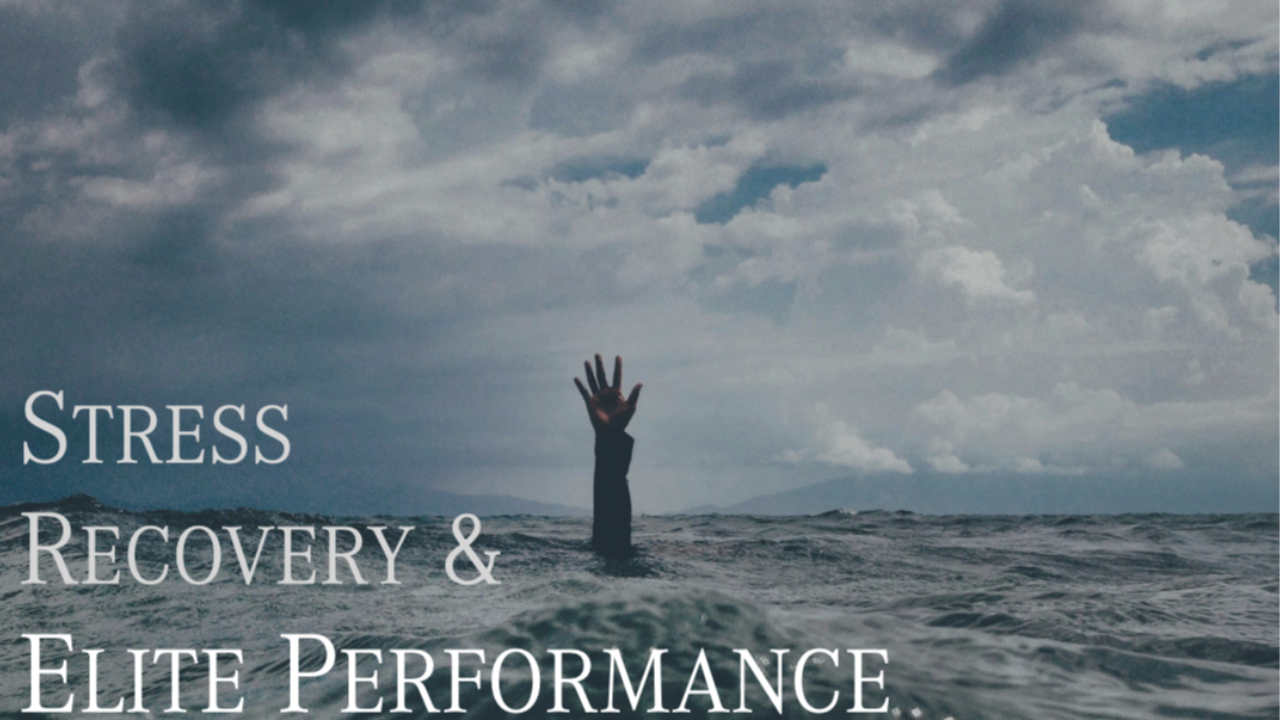Billion Dollar Blind Spots - Tipping Points, Bottlenecks and Transitions
Aug 16, 2025
What Got You Here - Won't Get You There
The Pattern We Keep Seeing
Adam Neumann built WeWork from a single shared workspace in Brooklyn to a $47 billion global empire.
Exceptional vision. Magnetic charisma. Relentless drive.
Everything Silicon Valley celebrates in transformational leadership.
Yet by 2019, those same founder capabilities had become WeWork's biggest constraints.
The same dynamic destroyed Travis Kalanick at Uber. His combative leadership style built a global rideshare empire but became toxic culture that forced his removal.
At Yahoo, Marissa Mayer's analytical perfectionism worked brilliantly at Google but became decision paralysis that killed Yahoo's competitive response time.
The visionary thinking that attracted billions in investment created operational chaos.
The charismatic leadership that inspired employees became toxic decision-making.
The relentless drive that built a global brand drove the company into bankruptcy.
Working across championship environments—NFL teams, Special Forces units, Fortune 500 transformations—I see this pattern repeatedly:
The capabilities that create breakthrough success become systematic bottlenecks at the next level of performance.
The Elite Performance Paradox
At the 49ers, I watched Pro Bowl quarterbacks struggle when transitioning from individual brilliance to orchestrating complex team systems.
Their elite instincts, which dominated at one level, actively hindered team development at the next.
The same dynamic destroys scaling organizations.
The Trust Equation breakdown:
Founders who built unicorns through superior judgment hit a ceiling. Their involvement slows everything down.
The visionary thinking that won early markets becomes decision paralysis.
Speed matters more than perfect strategy.
The magnetic leadership that attracted talent becomes operational bottleneck.
Organizations need distributed decision-making.
The critical shift:
From "the CEO makes all important decisions" to "the executive team makes optimal decisions without the CEO in the room."
Where Fortune 500 Leaders Get Trapped
The Capability Trap: Your strengths got you here. But they're preventing you from getting there.
The Recognition Gap: You can see every problem except the one your success creates.
The Transition Blindness: Elite performers often can't diagnose their own scaling limitations. Current capabilities still produce results.
These aren't leadership failures.
They're transition gaps between performance levels that require completely different systematic approaches.
The Systematic Blindness
Here's what I've learned from Special Forces units scaling operations:
Elite performers often miss their transition needs. Their current methods continue working—until they catastrophically don't.
A Navy SEAL team leader who excels at direct action missions struggles with multi-unit coordination complexity.
Their elite capabilities mask systematic limitations preventing next-level performance.
Same pattern in business:
Neumann's charisma kept raising capital and attracting talent while WeWork's fundamental business model deteriorated.
Revenue grew. Valuations soared. Media celebrated.
While organizational velocity collapsed and competitive sustainability evaporated.
The systems that got you here don't just fail to get you there.
They actively prevent you from building what comes next.
The Championship Diagnostic
Elite teams that sustain dominance across competitive levels master one critical capability:
Systematic transition detection before performance demands it.
Championship organizations don't wait for crises to reveal scaling limitations.
They proactively diagnose transition gaps and evolve capability systems while current approaches still work.
They recognize that transition timing beats transition perfection.
Better to evolve capabilities early with operational friction than optimize late when market pressure forces desperate pivots.
The Apollo 13 principle: When crisis hits, you need distributed decision-making architecture—not hero leadership.
Gene Kranz didn't try to solve the crisis himself. He activated dozens of specialists who could make life-or-death decisions autonomously within their domains.
Most Fortune 500 CEOs become the cognitive bottleneck instead of building systems that work without them.
The Performance Audit Questions
Three diagnostics that reveal whether you're approaching a capability ceiling:
Decision Velocity: Are your major strategic decisions taking longer now than they did at half your current organizational size?
Executive Team Independence: If your top three decision-makers left tomorrow, would organizational speed and quality increase or decrease?
Competitive Response Time: Can you respond to market changes faster than competitors who are smaller than you?
The trust breakdown: Most executive teams avoid the productive conflict that creates breakthrough decisions. They mistake harmony for high performance.
Apple's iPhone success: Came from systematic intellectual warfare between hardware, software, and design teams. Not despite the conflict, but because of it.
Elite performers audit these systematically. Not reactively when problems become obvious to others.
The Strategic Reality
Every Fortune 500 leader eventually faces this transition challenge:
Evolving successful patterns before they become constraints.
WeWork's bankruptcy, Uber's toxic culture crisis, Yahoo's slow-motion collapse—none were caused by external market forces.
They were caused by founder capabilities that built billion-dollar valuations becoming incompatible with the organizational requirements of sustaining that value.
The companies that dominate the next decade will be led by teams who recognize and navigate these transitions systematically.
Not those who optimize current capabilities until they break.
Because in elite performance environments, the biggest risk isn't failing to transition.
It's recognizing the need to transition too late.
Pattern recognition from systematic analysis across elite performance domains—championship teams, Special Forces operations, Fortune 500 scaling transformations.





